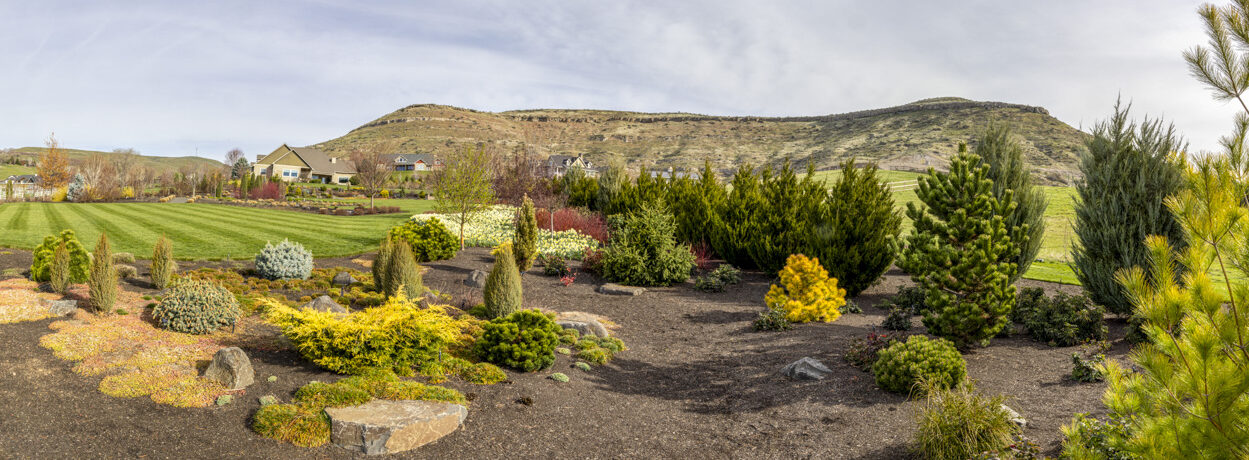 Canon 5D MkIII, EF24-70mm f/2.8L @ 50mm, f/11, 1/30 sec, ISO 400
Canon 5D MkIII, EF24-70mm f/2.8L @ 50mm, f/11, 1/30 sec, ISO 400
The challenge was: shadows, bright light contrast, where can I place my tripod, weird angles. muted colors from age … How can I create an image that adequately captures the beauty and detail of Henry Mercer’s collection of tiles.
Here is how I attacked this image. There are stairs and a wall with additional tiles just to the left of this column. I needed to be very careful how I placed my tripod as not to touch the wall and potentially mar any tiles. I moved the tripod up and down several times to get the correct vertical perspective without a distortion on the top and bottom. I adjusted the placement of the camera to get as far left as I could to minimize the horizontal parallax. It took me 15-20 minutes just to get the right placement of the camera. I then waited and waited for the sun to go behind the clouds to reduce the brightness of the sun’s rays striking across the tiles. I then took several images at different exposures to cover the dynamic range. My goal was to get one that covered the total range from dark to light. I still had bright and dark areas that had to wait until post-processing. The total time it took to get this image was over one-half hour.
Now for post processing. Out of the dozen or so images I took, one did cover the full range of “darks and lights”. My first task was to try to balance the light and dark areas to get an acceptable brightness for all the tiles. I used NIK Viveza to selectively lighten areas in the upper and left areas and darken areas in the lower right area. I carefully blended light and dark opacity levels to get a “balanced” look. Over time, the tiles had aged and collected dust which resulted in more subdued and muted colors. When originally installed they were much brighter. I tried to represent what I imagined the original color to be by adjusting various contrast methods using NIK Color Efex Pro. I used Tonal Contrast to pop out the different colors. Detail Extract was used to pull out the fine lines and further define the edges of the colors. I then finished it off with Pro Contrast to adjust the color range to what I remember seeing. The result was blended with the original image back in Photoshop CC to arrive at the final image.
Related Images:
 Canon 5DMkIII, EF24-70mm f/2.8L @ 42mm, f/6.3, 2 sec, ISO 200
Canon 5DMkIII, EF24-70mm f/2.8L @ 42mm, f/6.3, 2 sec, ISO 200






